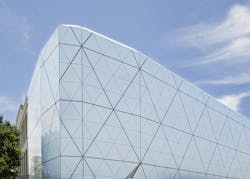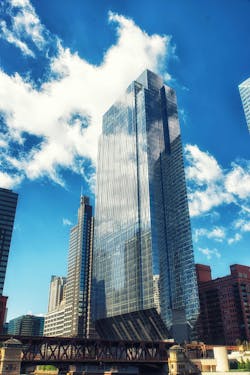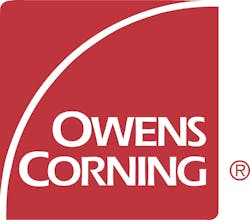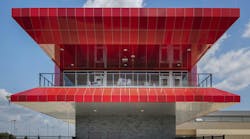Why Mineral Wool Makes the Grade as a Continuing Insulation
Across climate zones, rising codes are increasing awareness of the role continuous insulation (ci) plays in helping buildings meet and exceed energy efficiency thresholds. But while thermal efficiency is a key function of ci in exterior walls, its benefits extend far beyond mitigating thermal bridging. The type of ci matters. Below, we look at how mineral wool insulation’s composition, engineering, and performance properties make it a smart choice in exterior assemblies – including supporting sustainability, mitigating liquid and vapor moisture, contributing to life safety, and even helping keep outdoor noise from travelling through the wall.
When it comes to meeting rising energy codes and other performance goals, it’s not a matter of simply adding insulation, but adding the right insulation solution for the building application and environment. Considering the entire ecosystem of a building can help inform a smart insulating decision that will drive the optimal performance outcome. Thinking of buildings through the lens of smart, integrated systems and deploying the proper insulating materials can help architects manage the complex and sometimes competing demands posed by today’s buildings and codes. At the end of the day, achieving high-performing buildings is all about how the performance variables -- including thermal, life safety, and moisture mitigation systems -- work together.
For more information, please visit www.owenscorning.com/rainbarrier.
Owens Corning 2020. All rights reserved.






